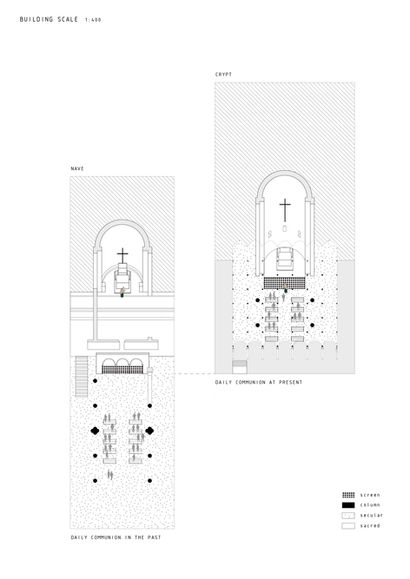Ritual: Baptism
Site: Battistero di San Giovanni
Location: Florence
Architect: Unknown
Year of Completion: c. 1128
Analysis: Tina Lim
150 word description goes here. Achum consulto ves faturi pria vignos complius con se aucest rehebatam te iam fue con vium percer am tam terbis, quonsul usulare ntilicaet, cuperei publincum, consimus, nostriore mei ilneque a volicio mus conerit, publin denatod itentes, qua actum init; ne ine pro, manum iam o inam ignaturis adem re ius consum inulocrem sedit vivatimmodiu sedit et prata cont nicatiq uemus, dium ingultortus nos etorterit, omprorunit gra dit atu morum ductam Romnihilium pernum inam etorae nem des M. Nostra in sus. Alessolus, o ves cotandenemus bondac in Itam. Sertamquam or ublicultus publin vernius, nos, sente it; C. Hoculis? Romnirita ne ina, quam patiam sedem que confirit, uropore morei cem, nor ad Catus muscred cris culicaesi imuricendam tam it, quitata sdaccio, mederior qui catus morterum omnicaes! Duc re cus es!
The Laurentian Library reveals not only the ritual of study, but the rituals of self-sorting, categorization, and the dissemination of knowledge. Mapping the convergence and divergence of paths from the scale of the city to the building to the desk and to the book helps to reveal how the Laurentian Library acts as a motherboard for organizing the ritual circuitry of Renaissance Florence.
The Library’s desks are crucial to how rituals are performed in the space. Because the books are chained to the desks and the desks are built into the architecture, there is direct connection between the knowledge that one seeks and the place where it is found. The desks categorize texts by subject, displaying titles found in them on the side. Accessing a book that’s next to the window while someone is already in the desk requires shuffling places.
The Laurentian Library’s form is reminiscent of a religious building, with reading desks acting as pews alongside the processional aisle. The language borrows from the religious context of the San Lorenzo complex in which the Library is situated. In fact, the original plan of Michelangelo included a triangular rare books room at the end of the reading room, reminiscent of the Holiest of Holies in the Temple of Solomon. The procession inside the library, up the flowing staircase into the reading room, acts as a funnel that all elite Florentines coming to the library must pass through, regardless of where they came from in the city or what bench is their ultimate destination. The tripartite interior facade of the vestibule reinforces the idea of rising from hell to purgatory to heaven in an ascent to knowledge.
Ultimately, the Laurentian Library acts as the motherboard of the city’s knowledge, centralizing and organizing the ritual circuitry of Renaissance Florence.
Ritual: Communion
Site: San Miniato al Monte
Location: Florence
Architect: Unknown
Year of Completion: c. 1081
Analysis: Ximeng Luo

In Roman Catholicism, communion is celebrated in remembrance of Christ’s sacrifice. During the ritual, bread and wine is first consecrated by the priest, then distributed to the mass. Catholicism believes in transubstantiation which, when prayer is said by the people during communion, the whole substance of the bread changes into the Body of Christ, the wine into the Blood of Christ.
San Miniato al Monte is one of the early basilicas that has its altar oriented towards the east, suggesting that during the ritual, the priest would be facing the cross, with his back to the people. The ritual in its early stages is relatively private, for the audience could not see the priest performing it from the back. In San Miniato, this separation between the secular and the sacred is further reinforced by a height difference between the nave and the chancel.
With the Council of Trent in the Sixteenth Century, the church called for the participation of the entire congregation in the previously priestly service. The priest turned around to face the audience. In San Miniato today, daily communion is performed in the crypt instead of the larger, more ceremonial space of the nave. Though in the crypt a screen separates the pulpit from the seating for the congregation, the priest comes out of the screen and interacts with his audience.
Looking at the change in practicing communion and the two spaces used respectively in San Miniato, it is logical to argue that the ritual has become more intimate. The space was designed for a rigid ritual, but as the practice changes, people developed new ways to adapt to the space.






